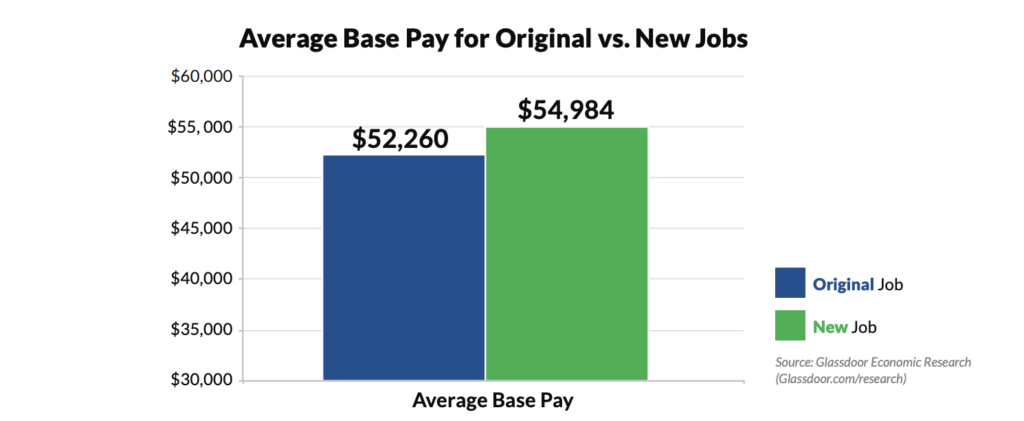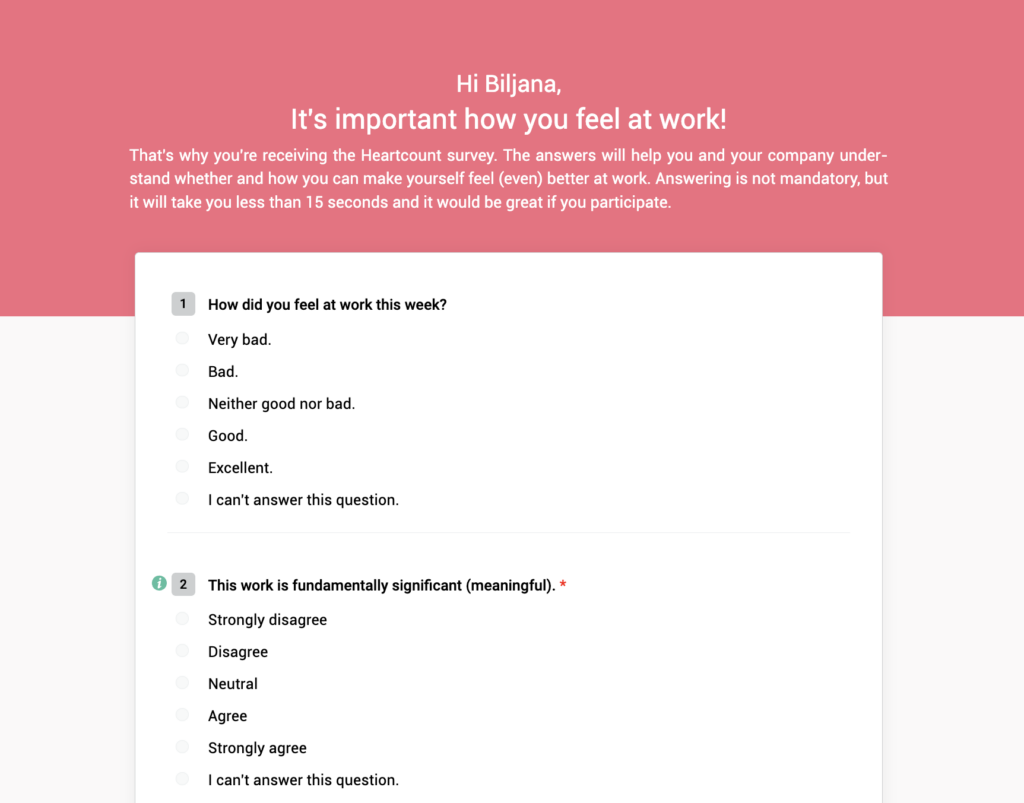How to Reduce Employee Turnover?

 7 minute read
7 minute read
Employee retention is one of the biggest challenges companies face in today’s business world. Increasing labor costs and employee turnover can hit a company’s profit hard. While some turnover is inevitable, higher turnover rates can cause serious damage and lead to costly consequences.
Whether you’re looking to improve employee retention or to reduce high employee turnover rates, it’s crucial to understand where to begin and which steps to take.
What is employee turnover?
Employee turnover is the rate at which employees leave the company over a certain time period. Turnover includes layoffs, terminations, retirements, location transfers, resignations, and even deaths. So, to calculate employee turnover, you must include dismissals, voluntary resignations, and retirements.
A high employee turnover rate can indicate hidden issues within the company, such as employee dissatisfaction, poor working conditions, ineffective management, and more. On the other hand, lower turnover rates contribute to stability and productivity within the organization.
Involuntary and voluntary turnover
There are two types of turnover based on the reasons for employee departure.
- Voluntary turnover occurs when an employee decides to leave the company of their own will.
Reasons for voluntary turnover include better opportunities, personal or family reasons, career advancement, dissatisfaction with the current company, and poor work-life balance.
- Involuntary turnover happens when an employee is asked to leave an organization by their employer.
It can be due to poor performance, behavioral issues, disciplinary actions, company restructuring, layoffs, or job elimination.
Both types of turnover are normal, as mismatches between employers and employees always exist. Yet, a high turnover rate can be a warning sign for companies that something needs to change.
Wondering what a normal turnover rate is?
Well, it depends on industry standards, role, and even geography. For example, the average turnover rate between 2022 and 2023 in the United States was 17.3%.
To determine if your turnover rate is within a reasonable range, compare your results with industry standards and the turnover rates of your competitors.
What causes staff turnover?
Some major factors contributing to employee departure include:
- Poor compensation is a leading cause of voluntary turnover.
According to Glassdoor, employees typically see a 5.2% salary increase when they change jobs. This means that competitive salary is one of the driving factors of employee departures.

Source: https://research.glassdoor.com/site-us/wp-content/uploads/sites/2/2017/02/GD_ResearchReport_WhyWorkersQuit_Rebrand_Draft3-1.pdf
- Burnout is another common reason employees start looking for new jobs.
Research from Hartford found that 61% of US employees experience burnout, and more than a third of them hunt for a different job. - Lack of growth opportunities is also a key reason employees leave their jobs.
Research indicates that 86% of employees would consider switching to a job that offers better growth opportunities. - Lack of feedback and recognition is another reason people leave their jobs.
According to Gallup’s study, employees who receive regular feedback are four times more likely to be engaged, and only 3.6% are looking for new jobs. - Poor work-life balance is closely related to reduced psychological and physical well-being, often leading to stress and emotional exhaustion for employees.
This is considered one of the most critical contributors to employee satisfaction and turnover.
Why does employee turnover matter?
Employee turnover significantly impacts overall business profitability. Each new hire requires additional time and expenses for recruitment, training, and onboarding.
As the Centar of American Progress states, replacing employees costs up to 213% of their previous salary.
Moreover, it leads to productivity losses as workflows and projects are disrupted.
High employee turnover isn’t just costly, but it also lowers morale among remaining employees, teamwork, loyalty, and job satisfaction. In the long run, it can damage a company’s reputation and make it tough to attract and keep talented employees.
How to measure the employee turnover rate?
The process of measuring employee turnover is pretty simple.
To precisely measure your monthly employee turnover rate, you need three numbers:
- employees who left that month (L),
- active employees at the beginning (B) and
- active employees at the end of the month (E).
In this step, you need to calculate an average number of employees by adding your beginning and ending workforce and dividing it by two:
Avg = [B+E] /2
Then, you need to divide the number of employees who left by your average number of employees and multiply by 100 to get your turnover percentage:
[L/Avg] x 100
Turnover rate = [# of employees who left that month/average # of employees] x 100
In case you are calculating annually, here is the formula:
Turnover rate calculation (annual) = [# terminates annual / # employees at the beginning of the annual period]
5 strategies to reduce employee turnover rate
Here’s the good news—employee turnover can be prevented. By keeping this in mind and making small changes to your workplace culture, you can make a big difference.
1. Offer competitive compensation and employee benefits
One of the major reasons why people choose to leave work is money. To motivate your employees to contribute to business and company culture, you need to offer them competitive salaries.
Before you start hiring a new employee, research competition to find out what they offer as a salary for a similar role.
Also, make sure you give your employees bonuses and other enticing workers-benefit packages, such as paid time off, retirement plans, life and health insurance, paid parental leave longer than six weeks, and wellness programs.
You can offer a list of benefits and let your employees choose the ones that meet their needs.
2. Provide opportunities for professional development
87% of millennials think that opportunities to upgrade their knowledge and learn new skills are important factors when choosing a job.
One of the strategies to reduce employee turnover is to offer a wide range of opportunities for learning and skill-building, such as knowledge-sharing events, paid conferences, in-house workshops, training sessions, etc.
In this way, you will not only satisfy a top-performing employee’s hunger for growth but also enable an entire organization to thrive and develop in the long run.
3. Encourage career growth
One of the reasons why your employees might decide to stay in your company is to move up a career ladder. If they realize that their job is not recognized and they do not have an opportunity to advance, they will likely start searching for a new job and move on.
To reduce employee turnover, you need to let your employees know how they can improve.
The easiest way to do this is to provide them with coaching, during which you would recommend various ways to develop their career path.
4. Nurture transparency and maintain constant communication
You need to communicate openly to get a better insight into your employees’ needs, requirements, and problems. Through conversations about various issues, you can discover your employees’ problems or concerns long before they become difficult to handle.
In addition, your employees should be given a chance to get regular feedback, where managers review their work and tell them about things they should improve or praise them for a job well done.
In this way, you build a transparent culture where your colleagues feel comfortable and are always in the know. Open communication is surely a solution to high employee turnover.
5. Implement regular employee feedback
Want to know if your employees are happy at work? Just ask them!
One of the best ways to reduce turnover is to have your team regularly complete employee surveys.
This way, you always know how they’re feeling and what challenges they are dealing with on a weekly basis. It helps you spot issues early, respond to feedback, and prevent turnover.
For example, with HeartCount’s pulse survey, you get insights into employee engagement and happiness and gauge their intent to leave, net promoter score, and attitude towards the company. It’s a proactive way to keep everyone happy and address any issues quickly.

What is more, with HeartCount, your employees have a platform to share feedback, praise their colleagues, and receive kudos. This kind of recognition in the workplace can significantly increase employee engagement and satisfaction, thereby reducing the likelihood of leaving.

Ultimately, HeartCount improves the decision-making process and brings the entire ecosystem together.
If you haven’t had a chance to try it out yet, start a 14-day free trial!
